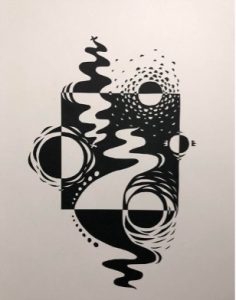Design rules are a set of basic rules and concepts that ensure that a design is aesthetic, useful and usable. In this article, we will talk about the seven most important parts.
1. Balance
Balance consists of the emergence of regions, shapes, colors or patterns. Each element in the composition has a weight. Just as you can place all your plants in one corner of the garden, you can fill a certain area of your design with all your hospitality.
There are two types of balance in design:
A. Symmetrical balance: The layout of all elements has equal texture and color throughout the page.

B. Asymmetrical balance: In these designs, details of different shapes or weights are used together.
2. Emphasis
Accent refers to the focal point of a design and the detail of each element within the Unit. It can also be used to limit certain information.
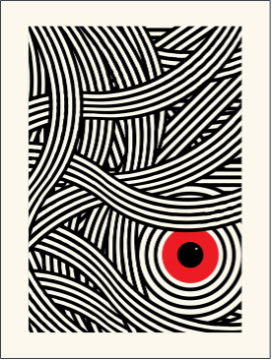
It is one of the most important design principles. Like writing without an outline or building without a plan, if you don’t know where to focus, your design will fail.
3. Contrast
The apparent difference between two or more objects in a design is called contrast. For contrast to work effectively, pupils’ colors and sizes must be separated from each other.
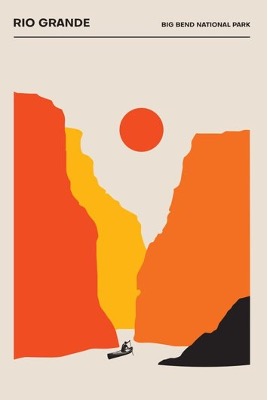
When you make a typography-oriented design, it is important to use contrast effectively. Not everything can be identified in bold letters on the screen as important.
4. Repetition
In design policies, repetition means using images of images or patterns throughout the design. It is the repetition of colors, words or fonts to create unity and cost in the composition.
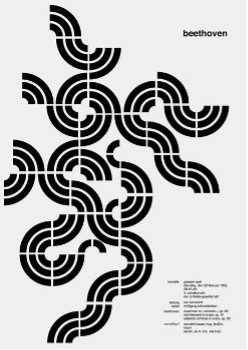
5. Ratio
Proportion is the size of the pieces relative to each other. Proportion is used in design to emphasize some elements more and to show their order of importance withinthe layout.
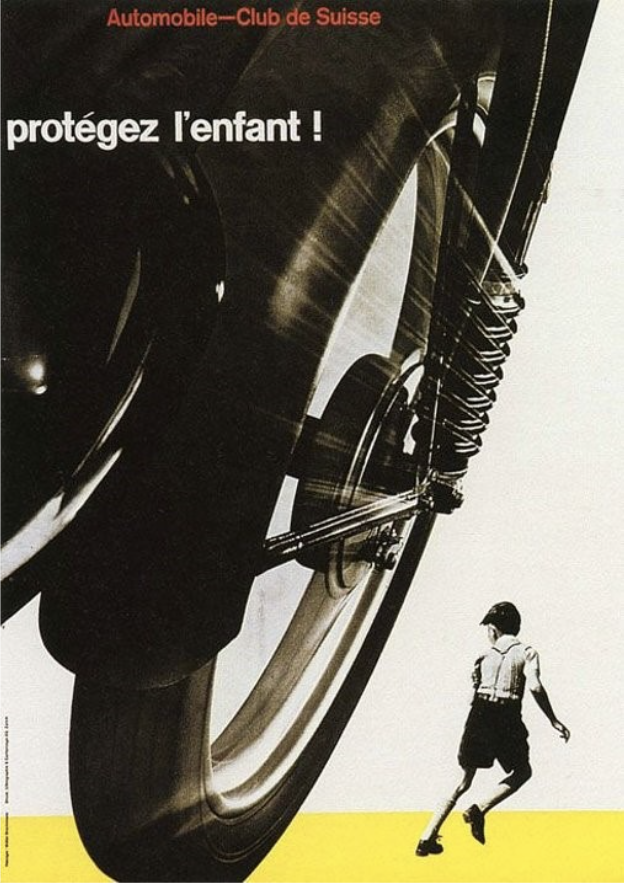
It is also a powerful design principle that helps design progression, development, rhythm and overall visual aesthetics.
The Fibonacci golden ratio (0.618) is also often used to scale dimensions.

6. Movement
The story or intervals of your design determine the movement. The only way to direct the viewer’s eye into, around, or into a work is through movement. It occurs when you create objects as if they were moving within their design.

7. Negative / White Space
While every other product of design deals with what you add, negative space deals with what you don’t add.
Negative space is exactly that: a space.

Just because leakage in the space does not occur does not mean that the space is empty. Negative space exists depending on the hierarchy and arrangement of other elements. Our eyes perceive the appearance of objects in one area from another.


